1. Grease Jar for Leftover Cooking Fat
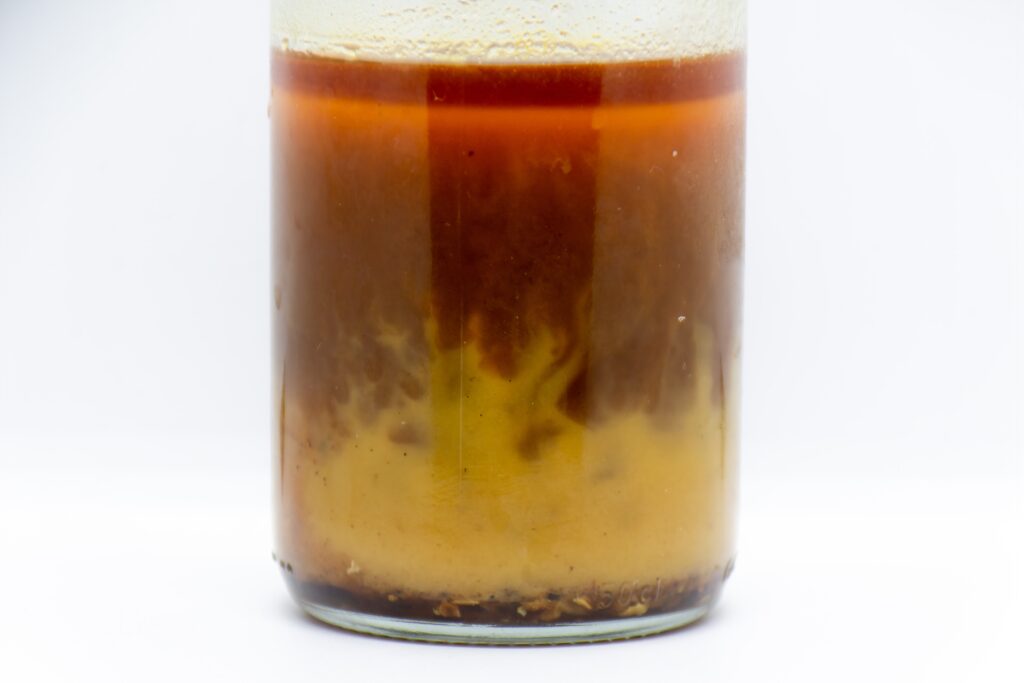
Back in the Depression era, nothing went to waste—including bacon grease. Folks would keep a jar by the stove and pour off fat after frying anything. It was liquid gold for cooking eggs, roasting vegetables, or adding flavor to beans. Today’s fancy oils and sprays can’t quite match that savory punch from a spoonful of leftover fat shares Martha Stewart.
The best part? It’s completely free and packed with flavor. You just store it in a jar, pop it in the fridge, and use it like you would butter or oil. My grandma swore by it for biscuits, and I’ve got to admit—she was onto something. No tool, no fancy bottle—just a jar and some patience adds Southern Living.
2. Cloth Towels Instead of Paper Towels
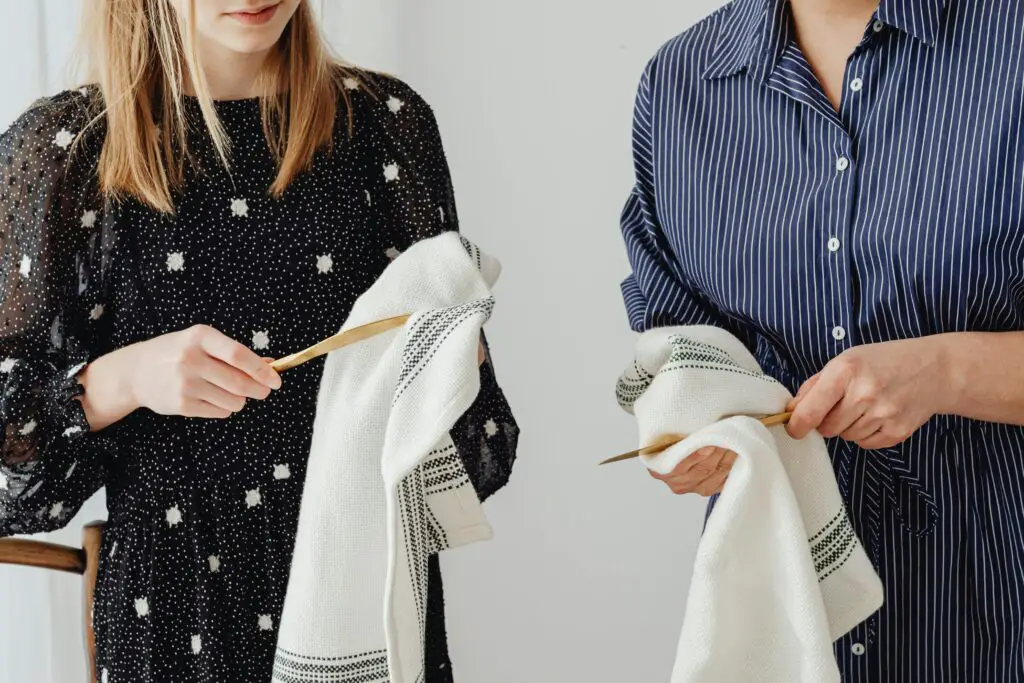
During the Depression, buying disposable anything was a luxury most couldn’t afford. So people made do with cloth towels they washed and reused, again and again. It might seem old-fashioned now, but those flour sack towels were absolute workhorses. They soaked up spills, dried dishes, and wiped little faces says Food & Wine.
Paper towels are convenient, but you go through a roll so fast. Cloth towels save money and create less waste, plus they look kind of charming hanging on a hook. I’ve got a drawer full of them now, and I rarely reach for the disposable kind. Sometimes the old ways just make more sense shares TODAY.
3. Coffee Grounds as Deodorizer
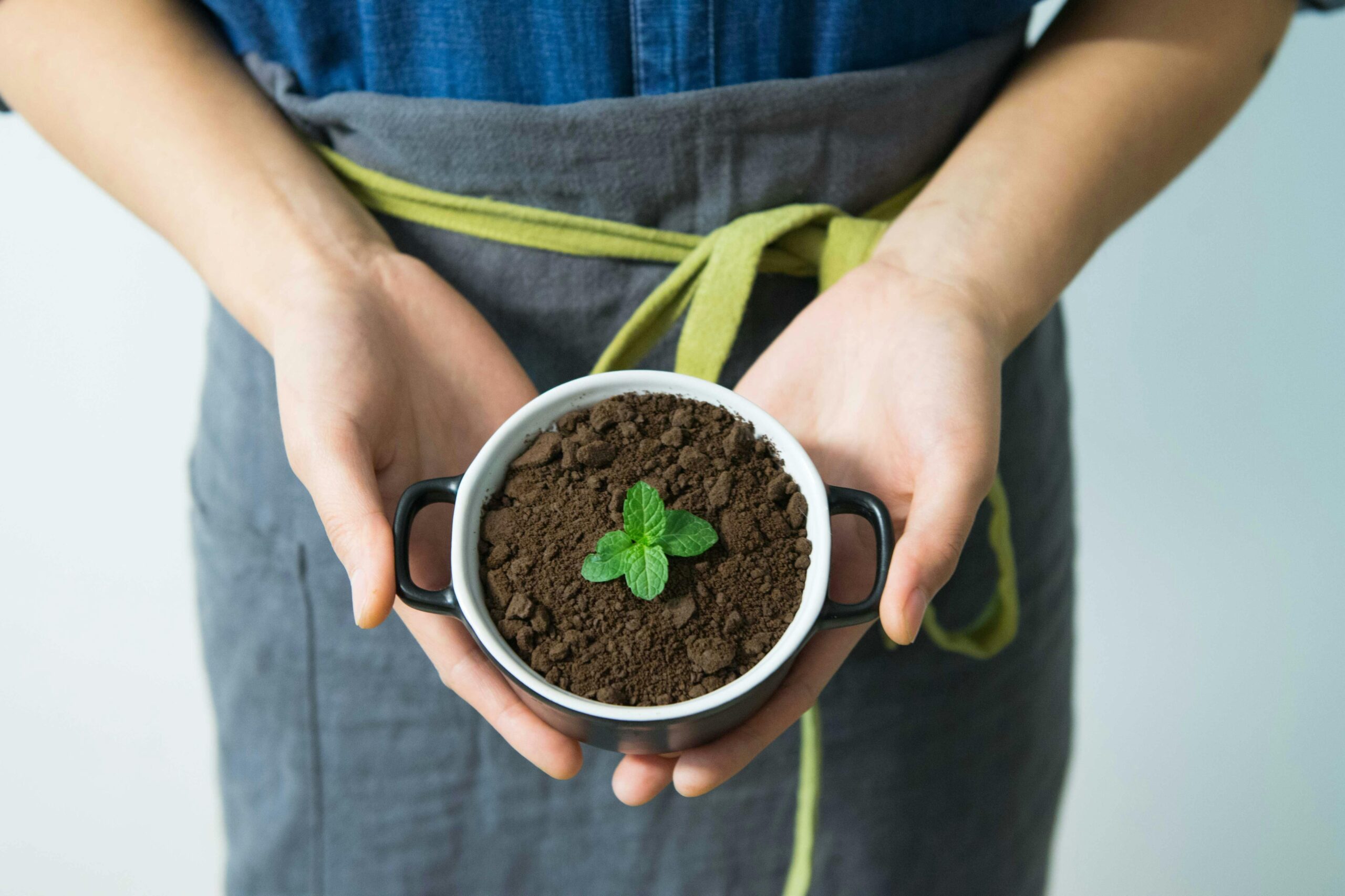
When every penny counted, people found second (and third) uses for everything. Used coffee grounds were dried out and placed in bowls to neutralize smells. They worked in the fridge, under the sink, even in shoes. It turns out coffee has natural odor-absorbing properties that rival today’s store-bought fresheners.
These days, people toss those grounds straight into the trash. But you can spread them on a tray, let them dry, and you’ve got a powerful little deodorizer. Some folks even use them in homemade scrubs. Who needs a plug-in air freshener when you’ve got yesterday’s brew doing the job?
4. Vinegar for Just About Everything
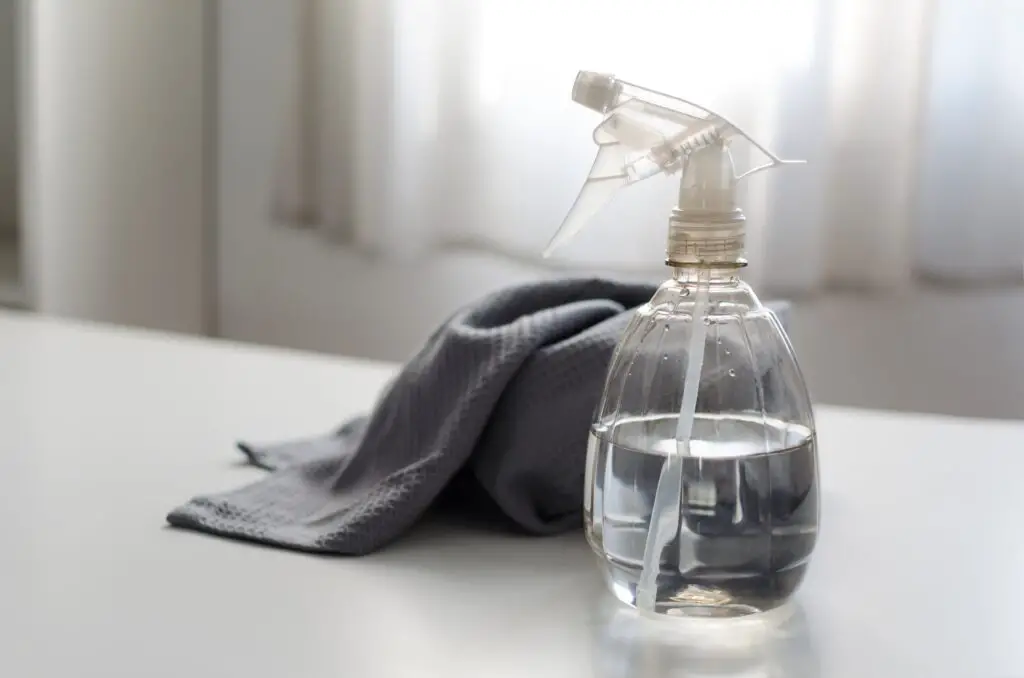
White vinegar was like a miracle liquid back then. It cleaned windows, cut grease, removed stains, and even softened laundry. It didn’t cost much, and it didn’t need a label full of chemicals. If your great-grandma had a cleaning cabinet, chances are vinegar was front and center.
To this day, I reach for vinegar before a commercial cleaner. It’s safe, effective, and smells better once it dries. You can mix it with water and a little dish soap for an all-purpose spray. Old-school cleaning that still gets the job done better than most pricey products.
5. Baking Soda as a Scrubber
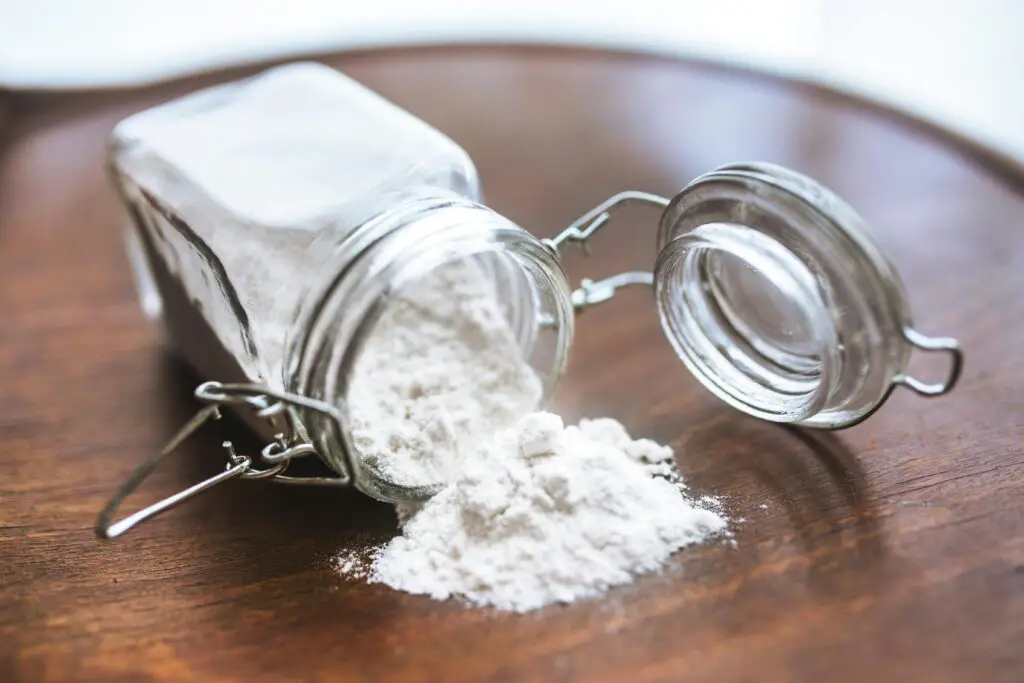
Before scrubby sponges and chemical cleaners, folks relied on a trusty box of baking soda. It scrubbed sinks, tubs, pots, and pans without scratching. Just a sprinkle and a damp cloth, and you had yourself a natural abrasive cleaner. It also helped with odors in the fridge or the trash bin.
Baking soda’s still dirt cheap and just as effective now. I’ve used it on coffee-stained mugs and stubborn stove stains—it works like a charm. The key is letting it sit for a minute or two before scrubbing. No brand-name powder needed, just a little know-how.
6. Potato Peels to Shine Shoes
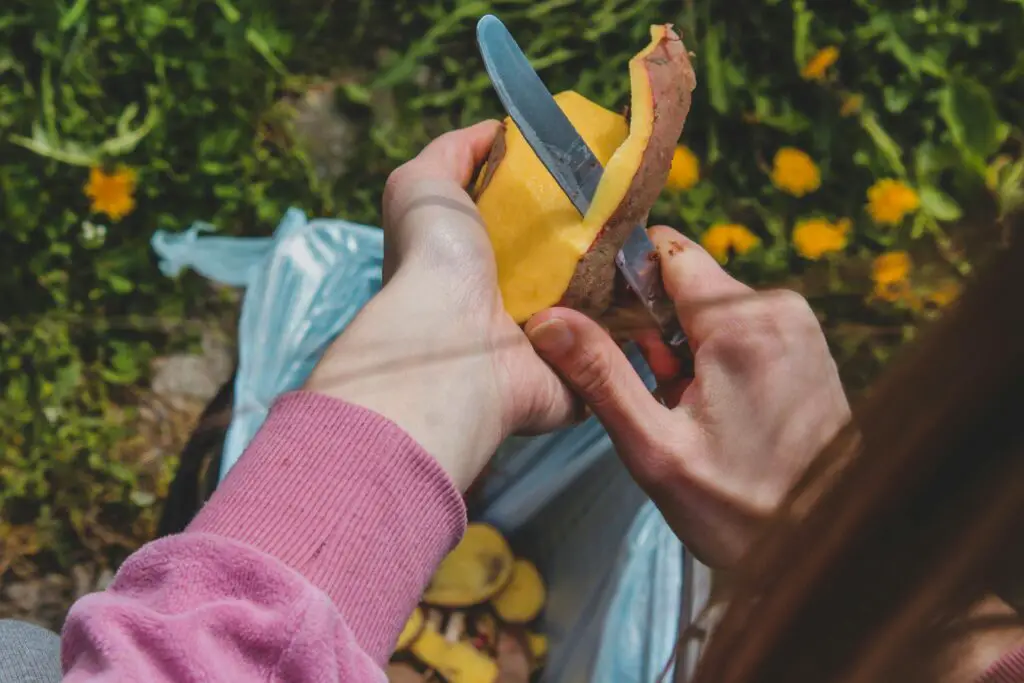
When shoe polish wasn’t in the budget, people got creative—like rubbing the inside of a potato peel on their shoes. The starch gave leather a bit of shine and kept it from drying out. It wasn’t perfect, but it kept their only pair of shoes looking presentable. Talk about resourceful.
Today, we’ve got sprays, creams, and wipes for everything. But if you’re in a pinch, a potato still does the trick. Just buff it with a soft cloth afterward and you’d be surprised. It’s kind of amazing how they made do with what they had—and often did it better.
7. Soap Slivers in a Sock
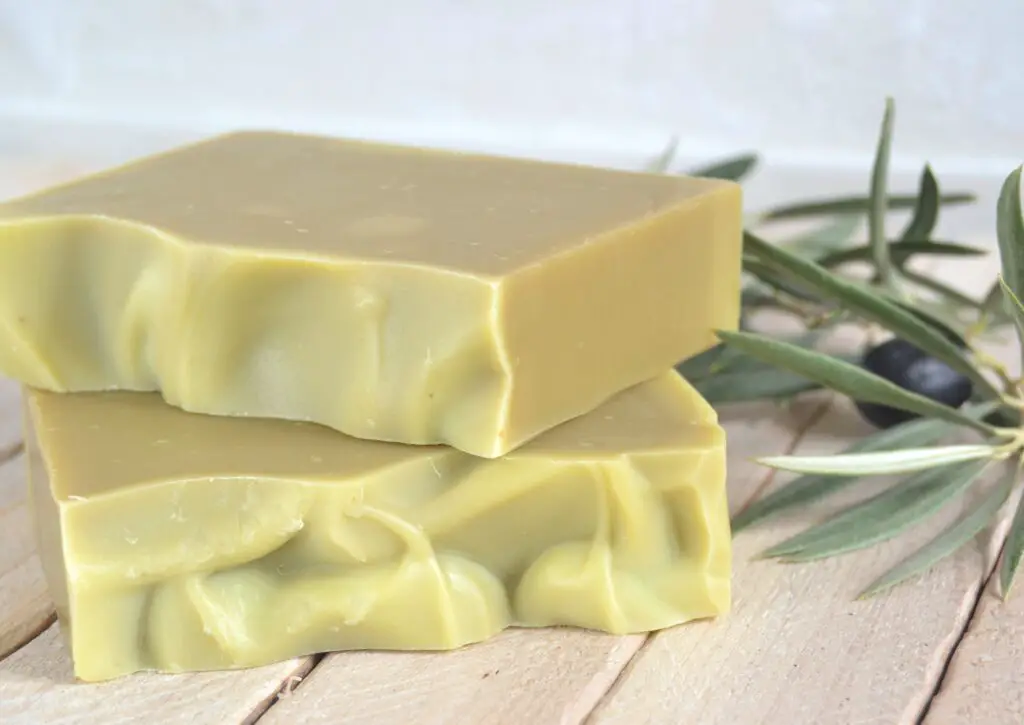
When a bar of soap got too small to hold, nobody tossed it. They’d gather the slivers in an old sock, tie it shut, and use it as a lathering scrub. It worked great for washing hands or scrubbing elbows, and it meant no soap was wasted. Some families even had designated “soap socks” hanging by the sink.
I’ve tried it myself, and it’s oddly satisfying. It makes the soap last longer and gives you a gentle exfoliating effect too. It’s a humble little trick that still holds up in a world full of plastic bottles. There’s something sweetly simple about it.
8. Toothbrushes for Cleaning Crevices

Before there were fancy scrub brushes shaped like animals, people just used their old toothbrushes. Once the bristles were too soft for teeth, they became tools for cleaning grout, sink edges, and tiny corners. It gave the brush a second life and saved a trip to the store.
Even now, I’ve got a cup of worn-out toothbrushes under the sink. They’re perfect for spots that regular brushes can’t reach. With a little baking soda or vinegar, they’re as good as anything you’ll buy new. It’s the kind of common-sense thinking we’ve mostly forgotten.
9. A Spoon as a Jar Opener
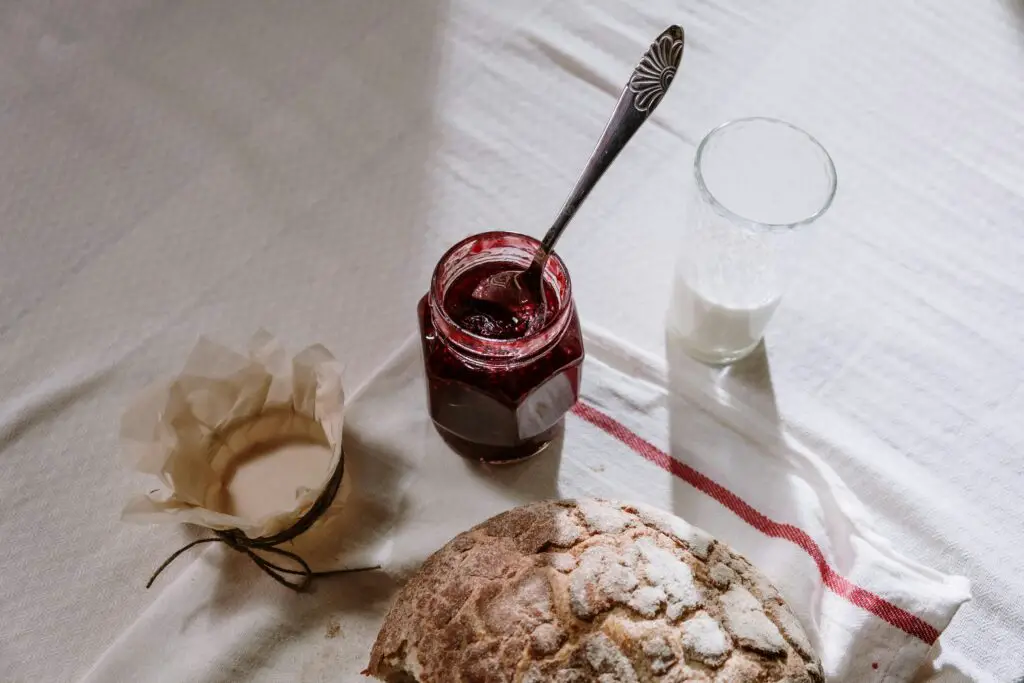
Tight lids didn’t stand a chance against a well-placed spoon. Depression-era cooks would wedge the tip under the lid edge and pop the seal with a satisfying pop. No rubber grips or fancy gadgets needed. Just a little leverage and some elbow grease.
It’s a trick I learned from my great-aunt, and I still use it regularly. You can hear the air release and suddenly that stubborn lid twists right off. It’s quicker than rummaging for a gadget you barely use. Honestly, it’s one of those “why didn’t I think of that” moments.
10. Hanging Clothes to Dry
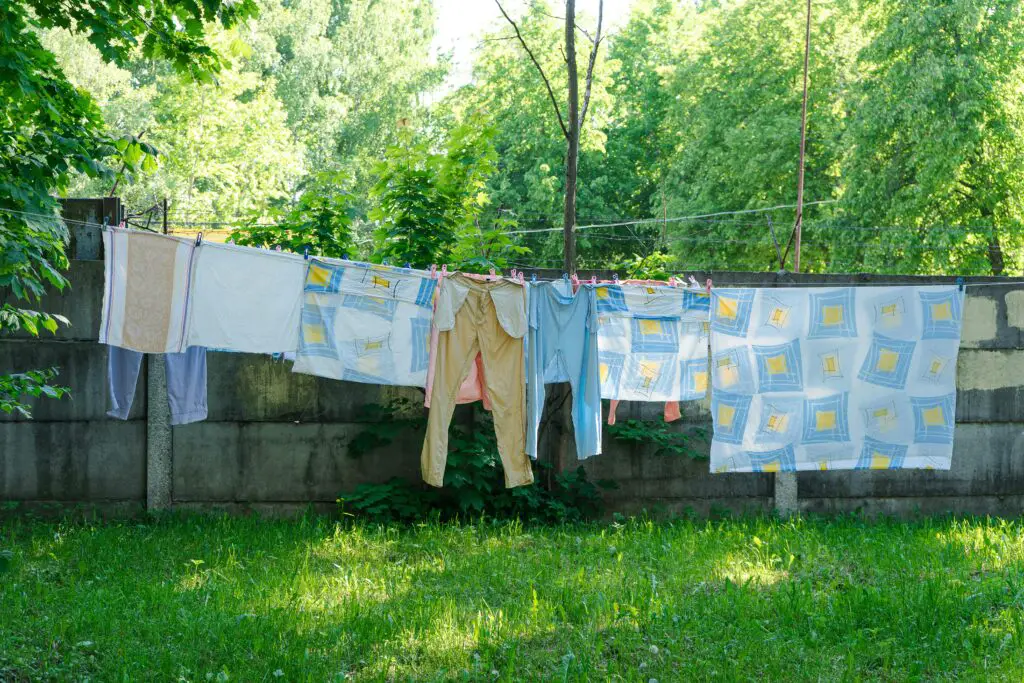
Dryers weren’t common back then—and even if you had one, electricity cost money. So clothes went on the line, soaking up sunshine and fresh air. It might’ve taken longer, but they smelled better and lasted longer without all that tumbling heat. Stiff towels and all, it was worth it.
Now I try to line-dry what I can, especially in warm weather. It saves energy and gives clothes that clean, outdoor scent. Even jeans seem to fit better when they’ve air-dried. Plus, there’s something peaceful about a backyard full of fluttering laundry.
11. A Fork as a Pastry Cutter
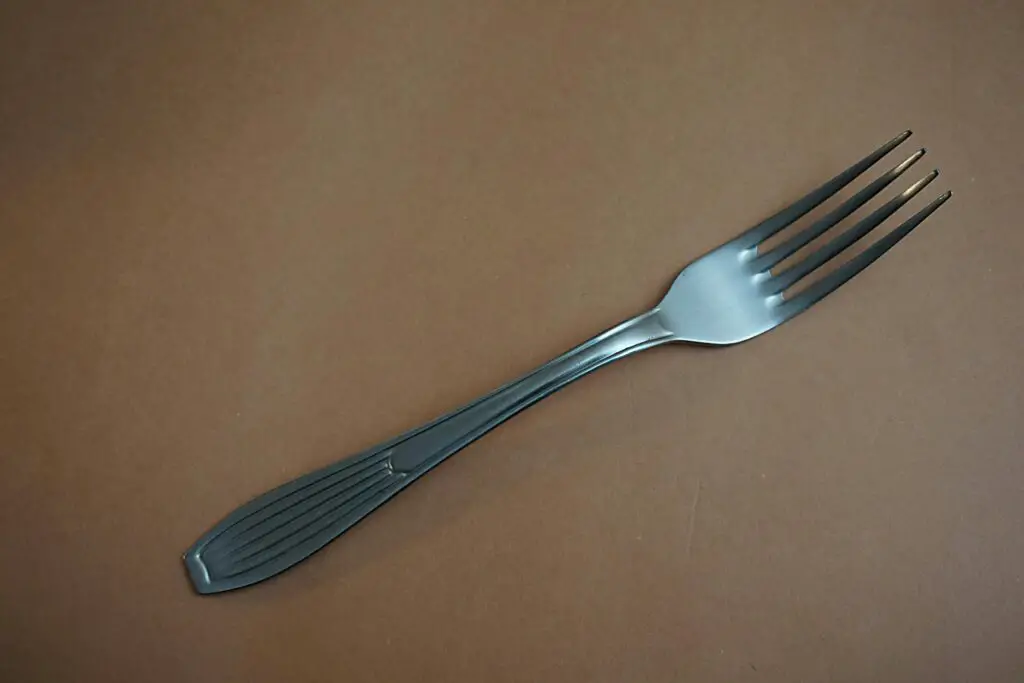
Pastry cutters are nice, but back then most folks didn’t have one. They’d use a regular dinner fork to cut butter into flour, pressing and scraping until the texture was just right. It took a bit longer, but it worked beautifully. You’d be amazed at how flaky the crusts came out.
To this day, I’ll skip the gadget and grab a fork for biscuit dough. There’s more control, and you can feel when the texture is just right. It’s a hands-on approach that connects you to the process. And let’s be honest—do we really need another tool in the drawer?
12. Boiling Citrus Peels for Air Freshener

Instead of buying sprays or plug-ins, families would simmer citrus peels on the stove. Orange or lemon rinds with a little cinnamon made the whole house smell clean and cozy. It masked kitchen smells and added a warm, inviting vibe. Plus, it used something that would’ve otherwise gone in the trash.
I’ve done this while cleaning, and it’s downright comforting. The scent fills every room without being overpowering. And you can mix it up with herbs like rosemary or cloves. It’s simple, natural, and a whole lot cheaper than a designer candle.
13. Turning Old Clothes into Rags

When a shirt got too worn to wear, it didn’t go in the garbage—it got a second life as a cleaning rag. People cut up old clothes for dusting, wiping, or polishing. Flannel was a favorite because it was soft but sturdy. Every drawer had a stack of mismatched cloths ready to go.
I do this now with old T-shirts and pajamas. They work better than most store-bought rags, and they don’t cost a dime. It’s a satisfying little act of reuse that feels right. Just like the old days, but with a modern spin.
14. A Knife as a Can Opener
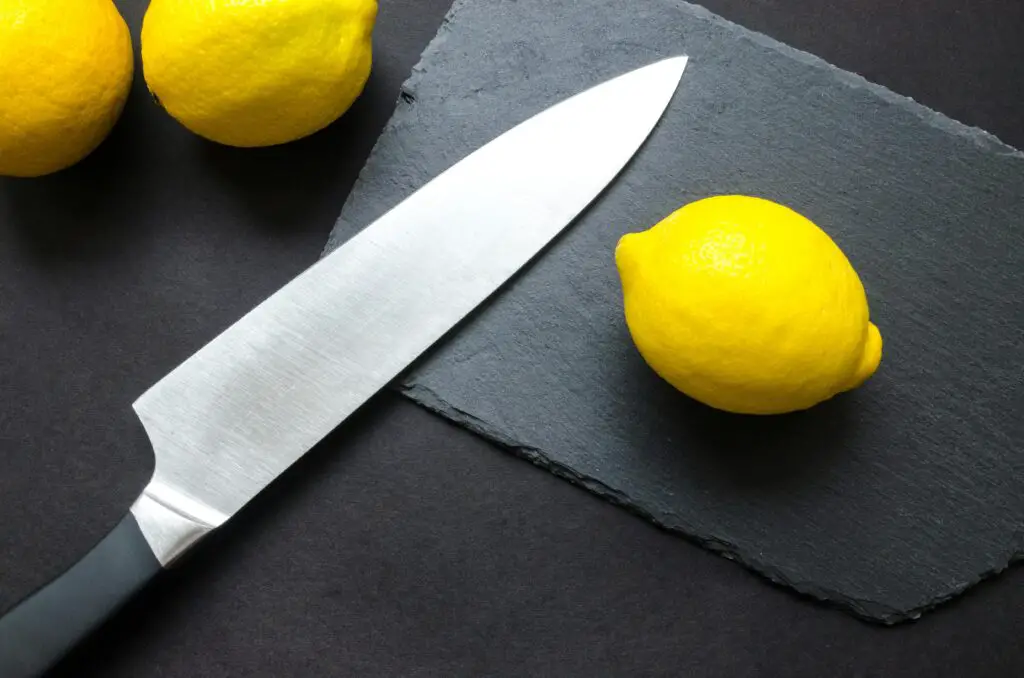
Before electric openers—or even reliable manual ones—people got by with a sturdy knife. They’d poke and pry around the lid, slowly working it open with careful hands. It wasn’t the safest method, but it worked when that was all you had. And they got shockingly good at it.
I wouldn’t recommend tossing your opener, but in a pinch, this method still holds up. You just need a strong, old knife you don’t mind nicking up. It’s a reminder that tools are helpful, but resourcefulness goes a long way. Sometimes grit beats gadgets.
